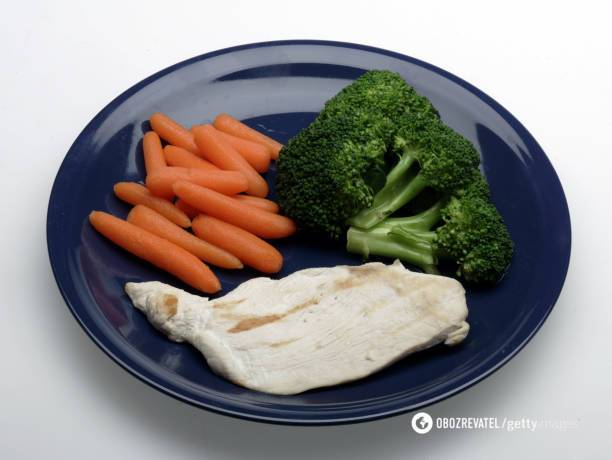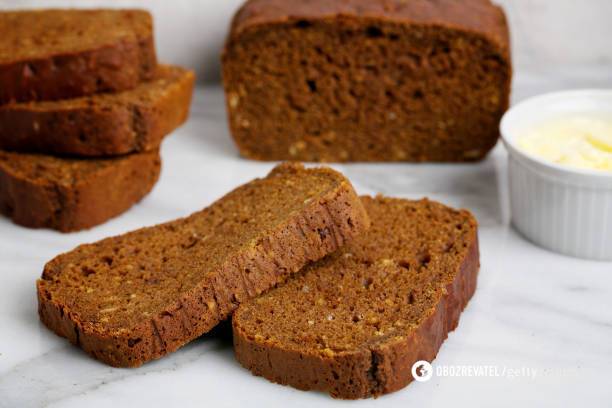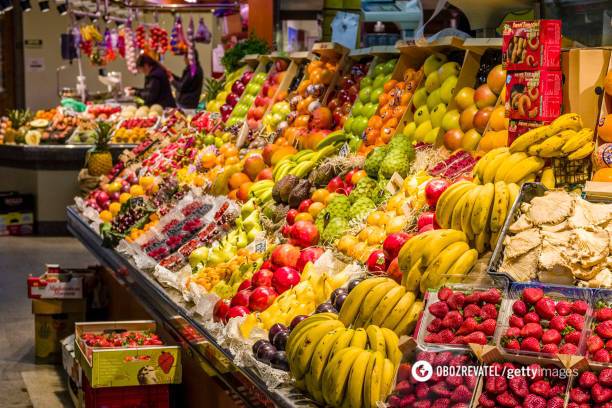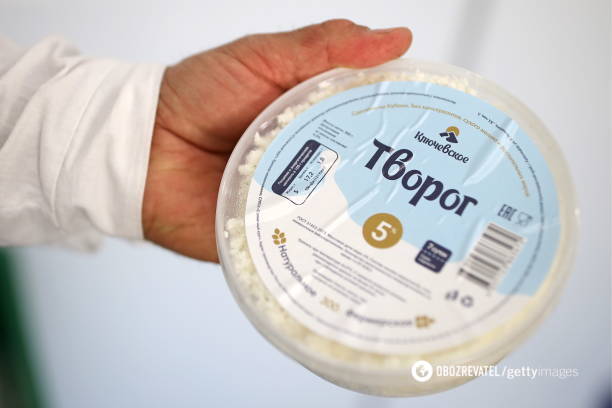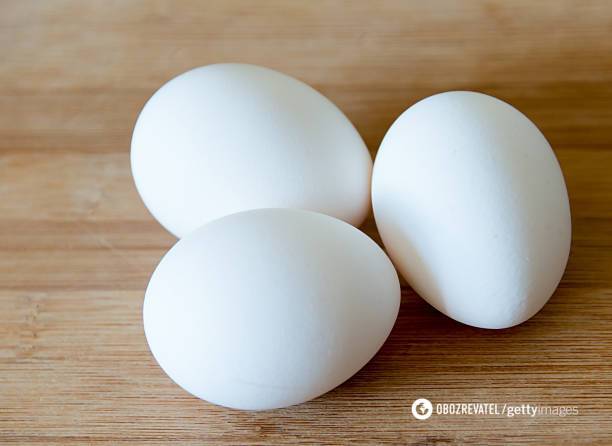LS Food
Nutritionist talks about a unique diet for hypertensive patients
Along with regular physical activity, stress management, and medication if necessary, a healthy diet is the basis for the treatment and prevention of hypertension.
Nutritionist Vira Palamar told OBOZREVATEL about this in an exclusive commentary.
What principles and approaches in nutrition can help in the fight against high blood pressure?
According to the nutritionist, today it has been scientifically proven that in many cases the DASH diet (Dietary Approaches to Stop Hypertension, translated from English as "Dietary Approaches to Stop Hypertension") is highly effective.
According to Dr. Deepak Bhatt, professor of medicine at Harvard Medical School and chief of cardiology at the VA Boston Healthcare System, this diet helps to significantly reduce blood pressure in hypertension.
The basic principles of the DASH diet
- fat in the diet should be less than 27% of the total calories (for example, with a daily calorie intake of 1800 – 2000 kcal, this will be 52-58 g of fat)
- inclusion of a large number of fruits and vegetables in the diet;
- choosing whole grain cereals and ready-made products made from whole grain flour;
- inclusion of low-fat or low-fat dairy products in the diet;
- preference in the diet is given to poultry, fish, and nuts as the main source of protein, rather than red meat.
"The DASH diet includes a large amount of calcium, potassium, magnesium, and fiber, but the salt content is reduced. Like any lifestyle change, the DASH diet requires some work and effort, but it will definitely give a significant improvement in your blood pressure and overall health," the nutritionist said.
Meal plan for the DASH diet
Whole grain products
These are bread made from whole wheat or rye flour, whole grain pasta, oatmeal, barley, rye flakes, cereals, and other dishes made from unrefined cereals (buckwheat, barley, wheat, spelt, oats, millet, quinoa, brown or brown rice, rye, millet).
The daily diet is recommended to include 30-90 grams of bread, 100-300 grams of cereals or pasta (weight in ready-to-eat form).
Vegetables
They can be consumed in any form (raw or cooked), and in winter you can safely include frozen vegetables in your diet. And be sure to have a lot of greens and lettuce in your diet. You should eat at least 500 g of vegetables daily.
Fruit
Eat 4 to 5 servings of fruit and berries daily. One serving of fruit corresponds to 1 medium fruit (120 - 150 g), fresh or frozen berries (150 - 200 g), 2 dried fruits (dried apricots, prunes, figs), and 10 - 15 raisins.
Dairy products
Provided that these products do not contain sugar and have a low percentage of fat. Consume 2 to 3 servings daily. One serving corresponds to 250 ml of yogurt, kefir, milk, sourdough, 40 - 50 g of white cheeses ("Feta", "Brynza", "Adygea", "Mozzarella", etc.) 150 - 200 g of cottage cheese.
Lean meat, poultry, fish, eggs
A daily diet should include 150-200 g of meat products (exclude ready-made sausages, frankfurters, and bratwurst), 200 g of lean fish, or 1 egg. Eat meat 3 to 4 times a week. The amount of red meat should not exceed 150 g per week.
Low-fat fish should be present at least 3 times a week. Eat eggs no more than four times a week.
Nuts, salt, and butter
During the week, it is recommended to consume 50-100 g of nuts, 30-50 g of raw seeds, 200-300 g of legumes (beans, beans, peas, mung beans, lentils). Unrefined oils are recommended, 3-4 teaspoons per day. As for honey or jam, no more than 2 to 3 teaspoons per day is recommended. Salt should be reduced to 0.5 teaspoons per day.







